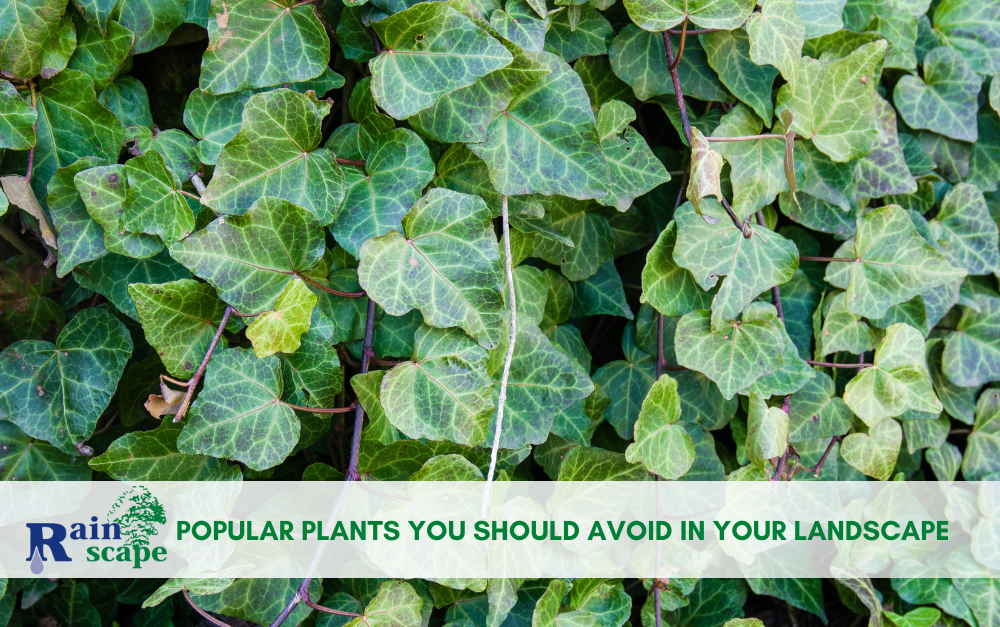The wrong plant in your landscape can lead to gardener’s regret. Invasive plants like to reproduce and grow when left unchecked. These plants your should avoid will steal resources needed by other plants and force them and the animals that need them out. Invasive plants don’t support as much insect and bird life and are immune to the natural checks and balances of predators, other plants, and diseases. It’s important to do your research and find out what is invasive in your area before adding it to your landscape.
Here are a few popular invasive plants you should avoid in your landscape:
Butterfly Bush – Butterfly bushes can become nuisances in your environment rather quickly. These bushes love to naturalize by self-seeding and can be invasive as they don’t go dormant in the winter. Butterfly bushes push out other native plants and aren’t great for butterfly caterpillars.
Eulalia Grass – This grass is widely available but is beginning to take over natural meadows. Try to use an alternative such as switchgrass.
Asiatic Bittersweet – This variety will take over other plants and trees. Try and use an alternative vine such as wisteria or honeysuckle.
Linden Virburnum – These virburnum have been introduced to natural areas and often outcompete other shrubs because they don’t have checks and balances. Try and find a variety that is native to our area.
Japanese Barberry – This popular tree tends to harbor ticks and create an unchecked area for mice which can cause exposure to ticks and diseases. Look for blueberry bushes instead.
English Ivy – This vine can kill trees, and cause damage to structures. It also tends to smother vegetation and other native plants that are valuable to native wildlife. It is also a host to bacterial leaf scorch which can harm native trees and shrubs. As an alternative you can choose native groundcover plants like wild strawberry or common blue violet.
Wisteria – This gorgeous vine looks spectacular but can quickly take over the space where they are planted. This plant can spread rapidly and outcompete other species. Choose a native variety that will be easier to manage and attract pollinators.
Japanese Honeysuckle – Japanese honeysuckle is fragrant and fast-growing, but it invades wild areas and outperforms native vines. Try and find a native variety.
Bradford Pear – This common tree is not structurally sound and can weaken and fall apart. It’s also very vulnerable to damage from storms. If you’re looking to create a pollinator garden or draw more life into your garden, choose an alternative tree.
Tropical Milkweed – This variety doesn’t die off during winter months and a parasite can build up on the plants. It has become naturalized and self-seeding in warmer parts of the US and can cause problems for adult monarchs. Try and find a native variety instead.
Japanese Spiraea – This plant will take over any area and will out compete native plants.
Heavenly or Sacred Bamboo – This plant colonizes by spreading underground root that is difficult and costly to remove. If you are looking for bold scarlet hues opt for the strawberry bush.
Privet Hedges – Even though this dense hedge is popular for privacy it can cause issues for native plants. Opt for a native plant that will help with privacy and the wildlife.
Choosing the right plants for your landscape can be difficult, but having a professional landscaper by your side is a step in the right direction. Let us know if we can help

